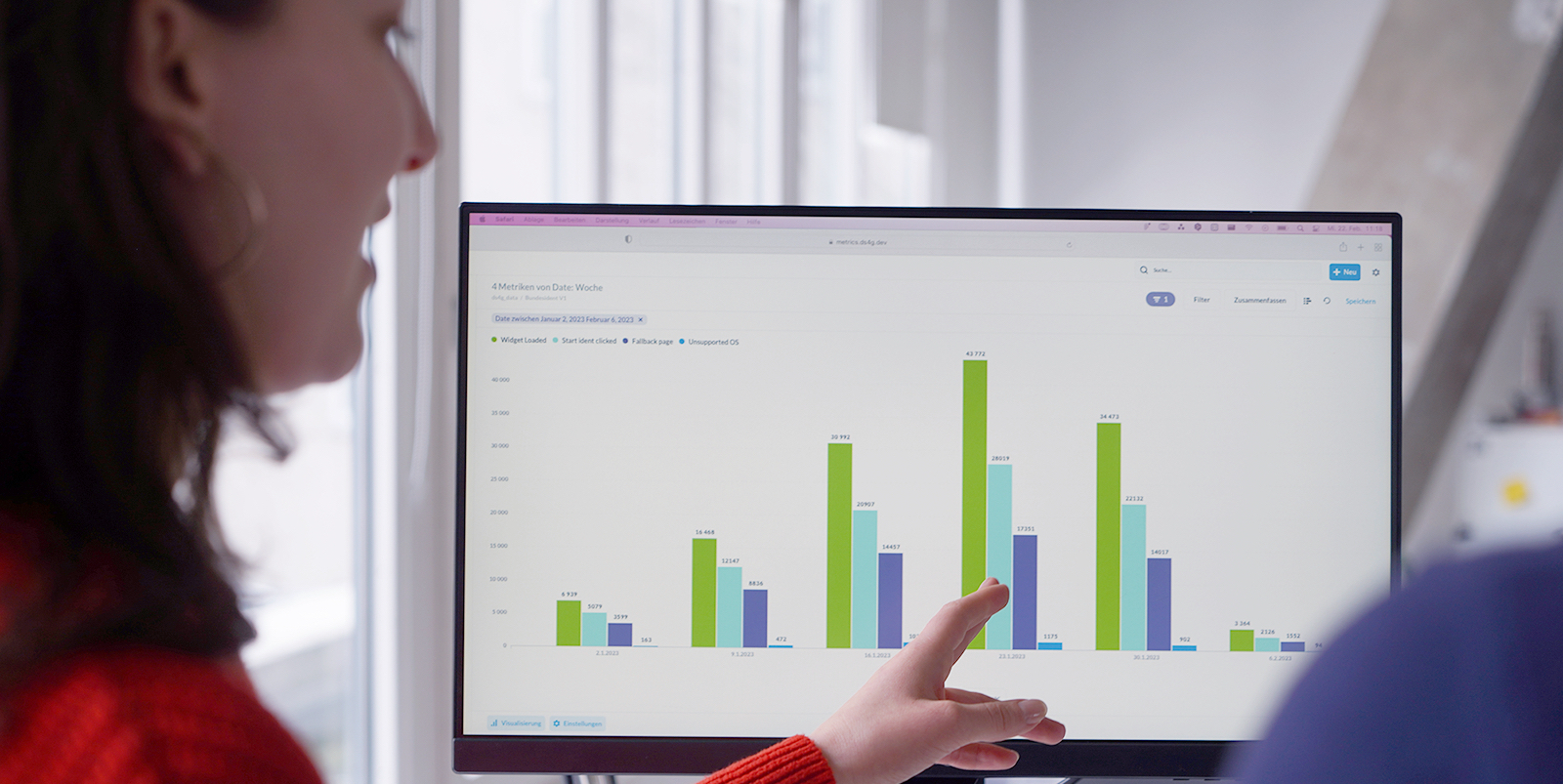
Digital Identities: Initial findings from the test operation of BundesIdent
With the online ID function of the ID card, Germany has been offering one of the world's most secure infrastructures for citizens to identify themselves digitally for years. However, it is still only used by a small number of people. The aim of the first phase of our “Digital Identities” project with the Federal Ministry of the Interior and Community (BMI) was to understand the various reasons for the lack of use of the online ID card and to identify appropriate solutions. We presented the findings of this project in our last blog post.
One key finding: the initial use of the online ID card is very demanding and contains unfamiliar components – for example, holding the ID card up to the smartphone for the scanning process and using the smartphone as a card reader. At this point, a mobile app is needed that takes users by the hand step by step and guides them intuitively through the identification process in conjunction with the ID document. This is a first step towards the declared goal of our project: to develop the state digital identity into a popular and widespread solution, thereby helping to increase the usage rates of online administrative services.
We have now been able to test such an app in the beta stage as part of a real application. This article summarizes the initial findings from live operation. At the same time, we are evaluating the data even more thoroughly, interpreting it and drawing conclusions for further development on this basis, which we will share in a subsequent blog post.



